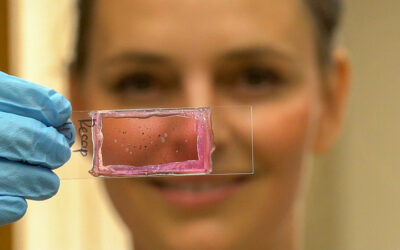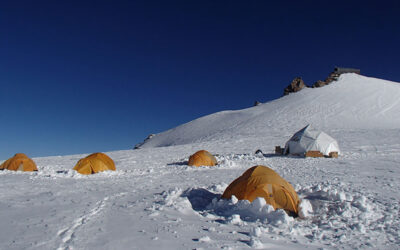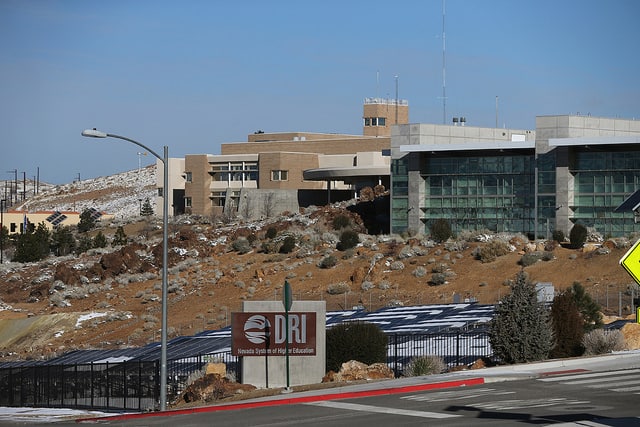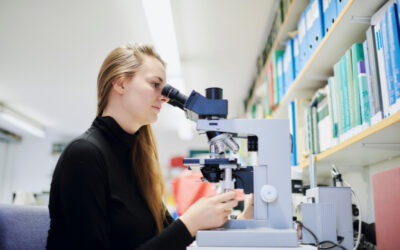The new study helps illuminate how changes in forest composition followed European settlement and natural changes in climate.
1,000 years of glacial ice reveal ‘prosperity and peril’ in Europe
Sandra Brugger, a paleoecologist at the Desert Research Institute, found in her recent study that Europe’s past prosperity and failure, driven by climate changes, has been revealed using thousand-year-old pollen, spores and charcoal particles fossilized in glacial ice.
New DRI projects for 2021 include microplastics, microfossils, snowmelt risk, and solute transport
New DRI projects for 2021 include microplastics, microfossils, snowmelt risk, and solute transportFEB 26, 2021RENO & LAS VEGAS, NEV.Introducing the winners of DRI's 2021 Institute Project Assignment (IPA) competition.Each year, the Desert Research Institute awards...
Meet Sandra Brugger, Ph.D.
Sandra Brugger, Ph.D., is a Postdoctoral Researcher with DRI's Division of Hydrologic Sciences, and a Swiss National Science Foundation (SNSF) Fellow. DRI: What brought you to DRI? Brugger: I started at DRI in October 2019 with an Early Postdoc Mobility grant funded...



